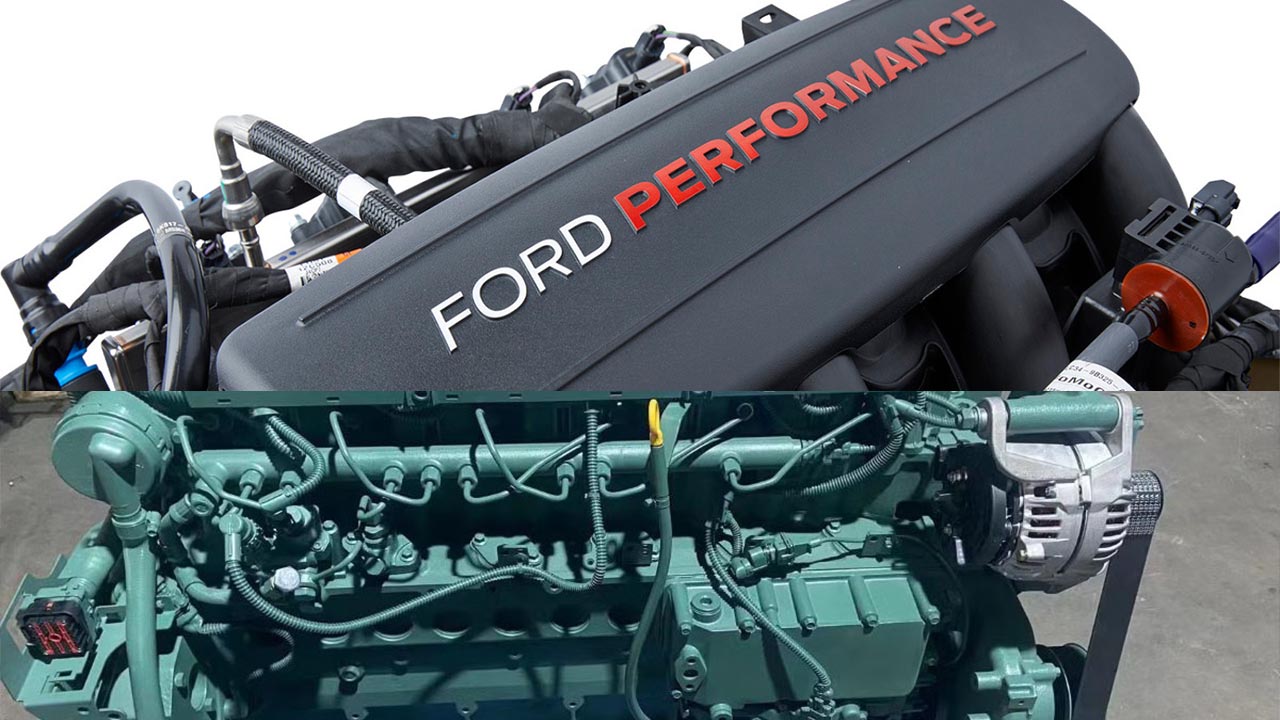While factors like performance and economy often lead enthusiasts to choose a specific car or engine, reliability is the ever-present concern lurking in the background.
It is, however, one of the most crucial aspects of any engine. After all, what good is a fuel-efficient engine that frequently demands costly repairs, draining your wallet as it leaks coolant onto the road?
Durability is equally important when it comes to performance, as more robust engines can endure greater stress for longer periods. There is a wide range of upgrades available to enhance this durability.
This trait is especially valuable for those looking to add performance enhancements to their engines. HotCars has compiled a list of ten manufacturers that are known for offering reliable engines in their vehicles.
10. Toyota
No list of reliable engines would be complete without mentioning Toyota. The luxury brand Lexus, a part of Toyota, ranked first in the 2023 J.D. Power Vehicle Dependability Study, with Toyota itself following closely behind in seventh place.
Among Toyota’s most reliable engines are the 2GR-FSE and 2UZ-FE. The 2GR-FSE, a 3.5-liter V6 engine made from aluminum, is renowned for its durability and efficiency, producing between 249 and 360 horsepower and offering torque ranging from 234 to 367 lb-ft.
This engine has powered a variety of Toyota models, including the Avalon and Highlander, delivering a blend of performance and reliability. On the V8 side, the 2UZ-FE, a 4.7-liter engine constructed from cast iron, is another standout.
With power output ranging from 228 to 275 horsepower and torque between 302 and 332 lb-ft, the 2UZ-FE has been a cornerstone of Toyota’s truck and SUV lineup, powering models like the Toyota Land Cruiser and Sequoia.
Both engines exemplify Toyota’s commitment to building long-lasting, dependable powertrains that perform reliably under a wide range of conditions, further solidifying the brand’s reputation for quality and durability.

In addition to their general reliability, the Japanese automaker is famous for producing some of the most durable engines in automotive history.
One prime example is the 2GR-FSE, a 3.5-liter V6 that debuted in 2004. Equipped with modern technology, the 2GR-FSE is found in a variety of vehicles, including the Lexus IS 350 and the Lotus Evora, primarily due to its remarkable durability.
9. Honda
Honda is another Japanese brand renowned for its virtually indestructible engines, with a legacy of producing powertrains that are both reliable and efficient.
Two of the standout examples are the K20C1 and J35A1 engines. The K20C1, a turbocharged 2.0-liter inline-four, is known for its impressive performance, delivering between 306 and 320 horsepower and 295 to 310 lb-ft of torque.
Made from aluminum, this engine powers vehicles like the Honda Civic Type R, providing a thrilling driving experience while maintaining Honda’s signature reliability. On the larger side, the J35A1 is a 3.5-liter V6 engine, also constructed from aluminum, offering a range of 210 to 310 horsepower and 229 to 272 lb-ft of torque.
Found in models like the Honda Accord and Odyssey, the J35A1 is praised for its smooth operation and solid performance, further cementing Honda’s reputation for producing engines that can endure over time with minimal maintenance.
Together, these engines showcase Honda’s commitment to building long-lasting and powerful powertrains that continue to perform reliably throughout their lifespan.
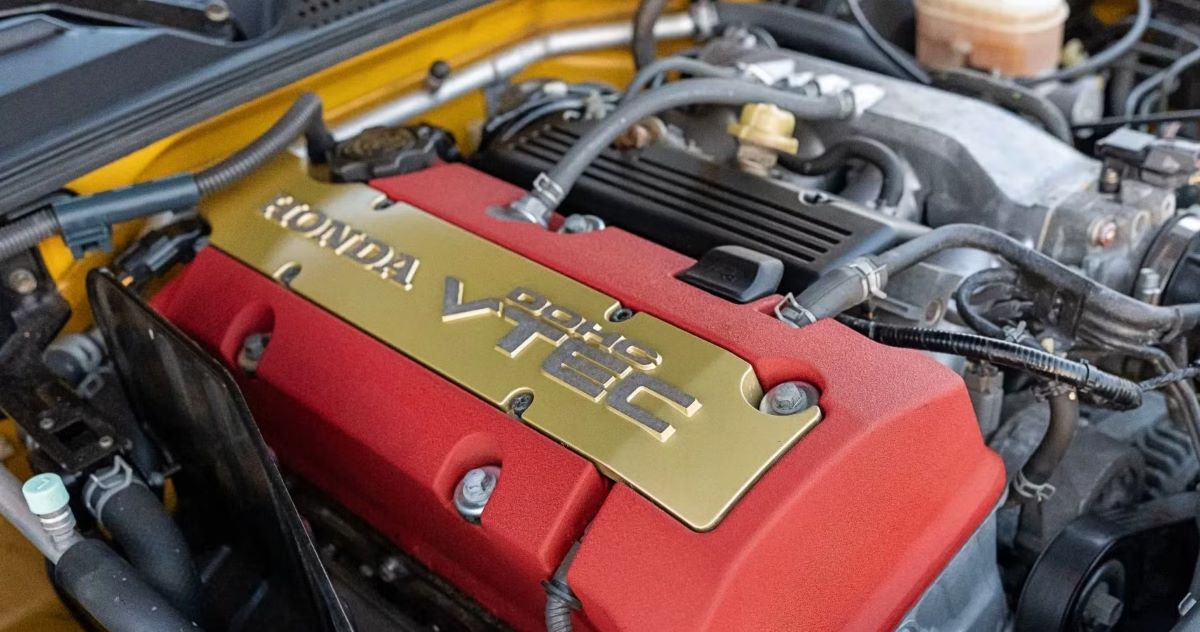
The company’s VTEC technology, which has been integrated into many of its four- and six-cylinder engines, stands out as one of the automotive world’s greatest mechanical innovations.
Among Honda’s most famous engine families is the K Series.The K20C1 is a turbocharged 2.0-liter engine that produces over 300 hp and is used in Honda’s performance models like the Civic Type R.
Also Read: 10 Performance Coupes That Outlive Their Replacements
8. Ford
Ford has produced a wide variety of engines over its 100+ years of automotive history, gaining significant expertise in building durable powerplants. Two of the brand’s most reliable and well-known engines are the 460 and the Coyote V8s.
The 460, a 7.5-liter V8 made from cast iron, has long been celebrated for its strength and low-end torque. It produces between 197 and 365 horsepower and offers a torque range from 353 to 500 lb-ft, making it a powerhouse in larger Ford vehicles like the Lincoln Mark V and various trucks.
On the other hand, the Coyote engine, a more modern 5.0-liter V8, uses aluminum construction to balance power with weight savings. It produces between 360 and 500 horsepower and 380 to 430 lb-ft of torque, depending on the application, and is the heart of iconic models like the Ford Mustang GT.
Both engines represent Ford’s commitment to reliability, offering immense power and long-term durability for drivers who seek performance and dependability in their vehicles.

The legendary 385 Series 460 cubic inch V8, for example, powered Ford’s passenger cars, trucks, and vans for three decades.
Vehicles equipped with this engine were known for their resilience, often accumulating hundreds of thousands of miles on the road thanks to its exceptional durability.
In modern times, Ford continues to deliver robust engines, such as the Coyote V8, which is primarily found in the Mustang lineup.
7. General Motors
Similar to its American counterpart Ford, General Motors has mastered the art of designing and producing reliable engines.
Among GM’s most notable powertrains are the LT2 and EcoTec engines, each representing a different aspect of the brand’s engineering excellence. The LT2, a 6.2-liter V8, is a standout for its performance, generating between 490 and 495 horsepower and offering a torque range from 465 to 470 lb-ft.
This engine is made from aluminum, ensuring both strength and lightweight characteristics. It’s commonly found in high-performance models like the Chevrolet Corvette, offering exceptional power and driving dynamics.
On the more economical side, the EcoTec engine family, consisting of 2.0 to 2.5-liter inline-four variants, provides a diverse range of outputs. It delivers between 196 and 450 horsepower, with torque ranging from 186 to 400 lb-ft, and is also constructed using aluminum for enhanced durability and efficiency.
These engines are featured in various GM vehicles, from compact sedans to more powerful models, reflecting the brand’s commitment to providing reliable, long-lasting, and performance-oriented engines across its lineup.
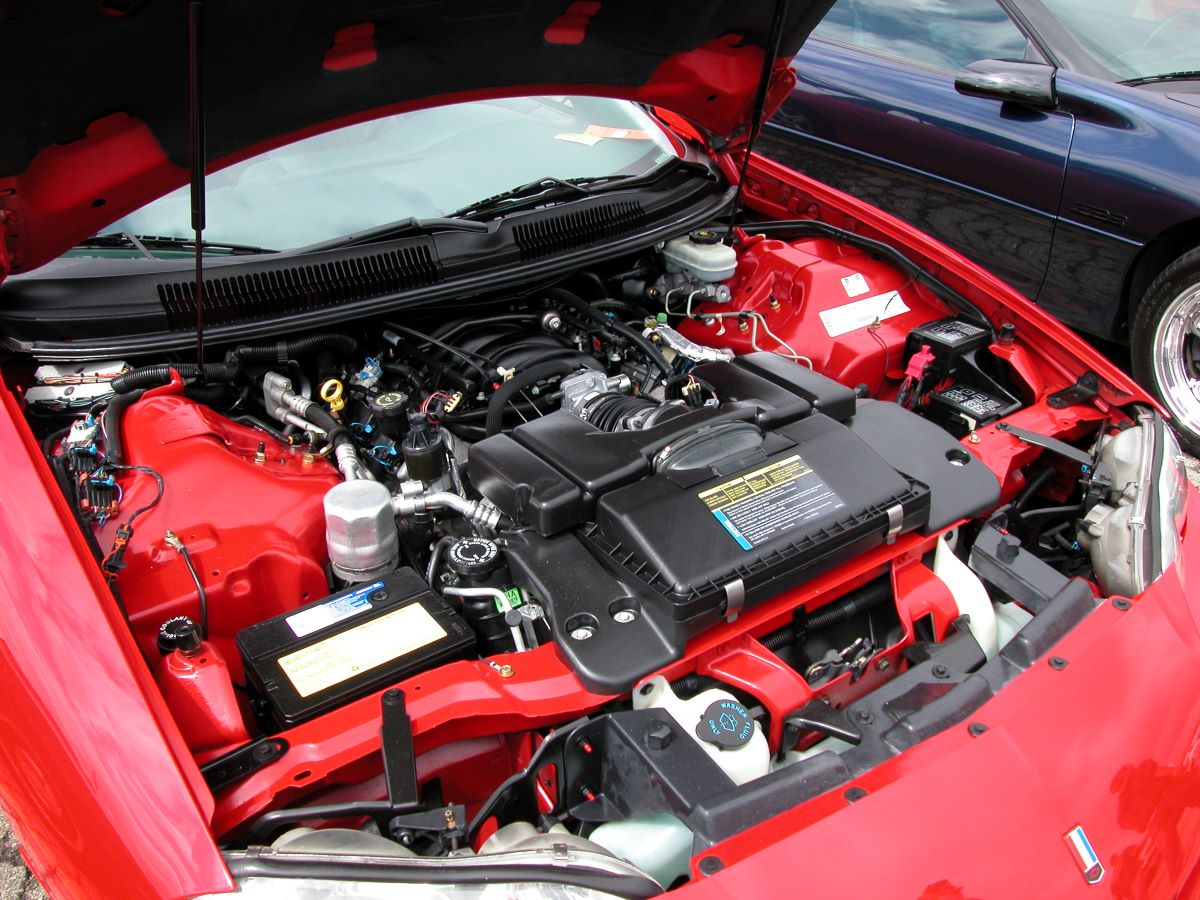
Over the years, GM has crafted engines in various configurations, with the versatile EcoTec being one of the standout units.
Available in several displacements ranging from 2.0 to 2.5 liters, this four-cylinder powerhouse has been a staple in nearly every GM commuter vehicle for the past two decades.
The EcoTec’s reliability and performance were so trusted that Saleen used a tuned 2.5-liter version to power its S1 supercar, where it delivered an impressive 450 hp.
6. Mercedes-Benz
While modern engines from Mercedes-Benz may not carry the same legendary reputation for reliability as those from earlier years, the brand’s powerplants were virtually indestructible throughout the 20th century.
Two prime examples of this old-school engineering are the M180 and M116 engines. The M180 was a cast iron inline-six, ranging from 2.2 to 2.8 liters in displacement, and produced between 80 and 134 horsepower with torque figures between 139 and 181 lb-ft.
Known for its smooth operation and extreme durability, the M180 powered many of Mercedes’ most iconic sedans and coupes during the brand’s golden era. The M116, on the other hand, was a V8 engine used in larger and more performance-oriented models.
It ranged from 3.5 to 4.2 liters and delivered between 156 and 228 horsepower along with 196 to 229 lb-ft of torque. With a mix of cast iron and aluminum construction depending on the variant, the M116 offered a great balance of strength and refinement.
Both engines are still revered by classic Mercedes enthusiasts today for their longevity, ease of maintenance, and the overbuilt quality that defined Mercedes-Benz during its most respected era.
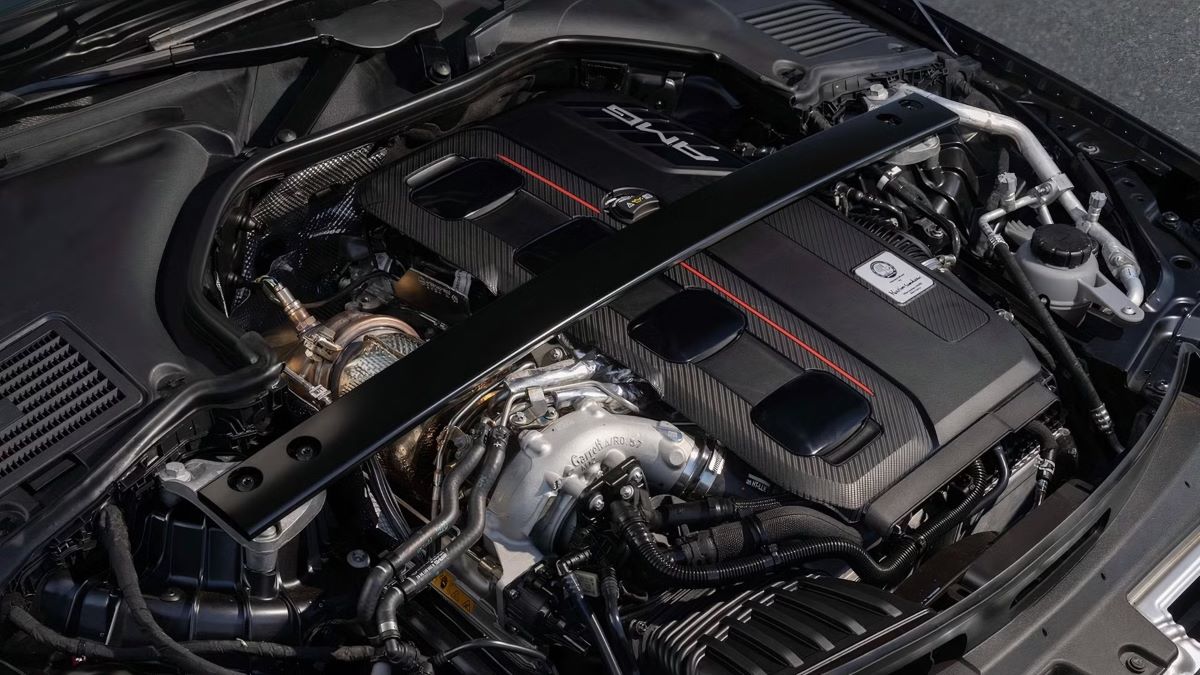
One of the standout engines was the formidable M116 V8, which was produced between 1969 and 1991.
This engine powered some of the most durable vehicles ever produced by the brand, including the W116 and W126 sedans, as well as the R107 and C107 sports cars.
However, the M180 inline-six is perhaps the most renowned for its longevity, with one example managing to cover an incredible 1.4 million miles under the hood of a 1966 250 SE.
5. Volvo
Volvo, the Swedish automaker, is well-known for the durability of its vehicles, with numerous jokes circulating about the strength of its models—especially when it comes to their ability to withstand accidents.
That same toughness extends to their engines, with the B21 and D5 being standout examples of Volvo’s engineering reliability. The B21, part of a family of cast iron inline-six engines with displacements ranging from 1.8 to 2.3 liters, was known for its simplicity and long life.
Producing between 90 and 200 horsepower and 116 to 214 lb-ft of torque, it was a staple in many classic Volvo models and earned a reputation for being nearly indestructible when properly maintained.
On the more modern side, the D5 engine—a 2.0 to 2.4-liter inline-five turbo diesel—offered 110 to 220 horsepower and a healthy 207 to 332 lb-ft of torque. Constructed from aluminum to reduce weight, the D5 balanced power with efficiency and was widely used across Volvo’s sedan and SUV lineup in the 2000s and 2010s.
Together, these engines reflect Volvo’s commitment to building powertrains that match the brand’s core values: safety, longevity, and practical performance.
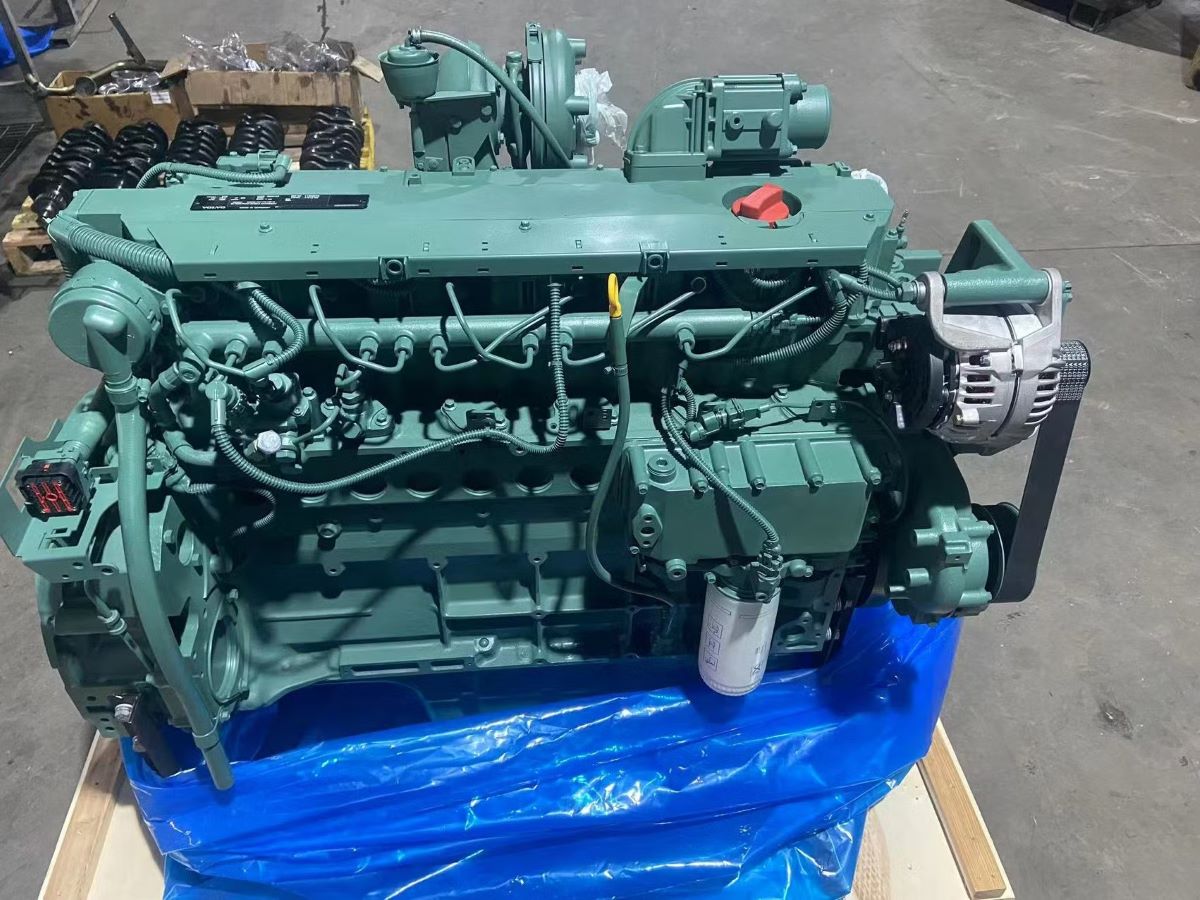
The company has also produced a number of highly reliable engines, such as the D5, a diesel version of its respected inline-five powerplant.
One of Volvo’s most resilient engines is the B21, which powered several models, including the 245 GL station wagon.
Notably, three B21 engines in a 245 GL exceeded 400,000 miles, with one of them managing an extraordinary 620,000 miles before being replaced. Over the car’s impressive 1.63 million-mile journey, the engine was swapped out three times.
Also Read: 10 Biggest Maintenance Blunders Nissan Owners Should Avoid
4. Nissan
When it comes to reliability, the Japanese automakers often set the standard, and Nissan is a prime example of this. Two of the brand’s most dependable engines are the VQ35DE and the QR20DE.
The VQ35DE, a 3.5-liter V6 made entirely from aluminum, delivers between 228 and 300 horsepower with torque ranging from 246 to 274 lb-ft.
Known for its smooth power delivery and impressive longevity, it has powered a wide range of Nissan models, from the 350Z to the Maxima and Pathfinder. On the inline-four side, the QR20DE is another solid performer, offering displacements between 2.0 and 2.5 liters.
It produces between 138 and 250 horsepower and 148 to 243 lb-ft of torque, depending on the application and tuning. Like the VQ series, it’s constructed from aluminum for a balance of strength and weight savings.
Found in cars like the Sentra and Altima, the QR series has earned a reputation for efficiency and durability. Together, these engines exemplify Nissan’s commitment to building reliable powerplants that stand the test of time.
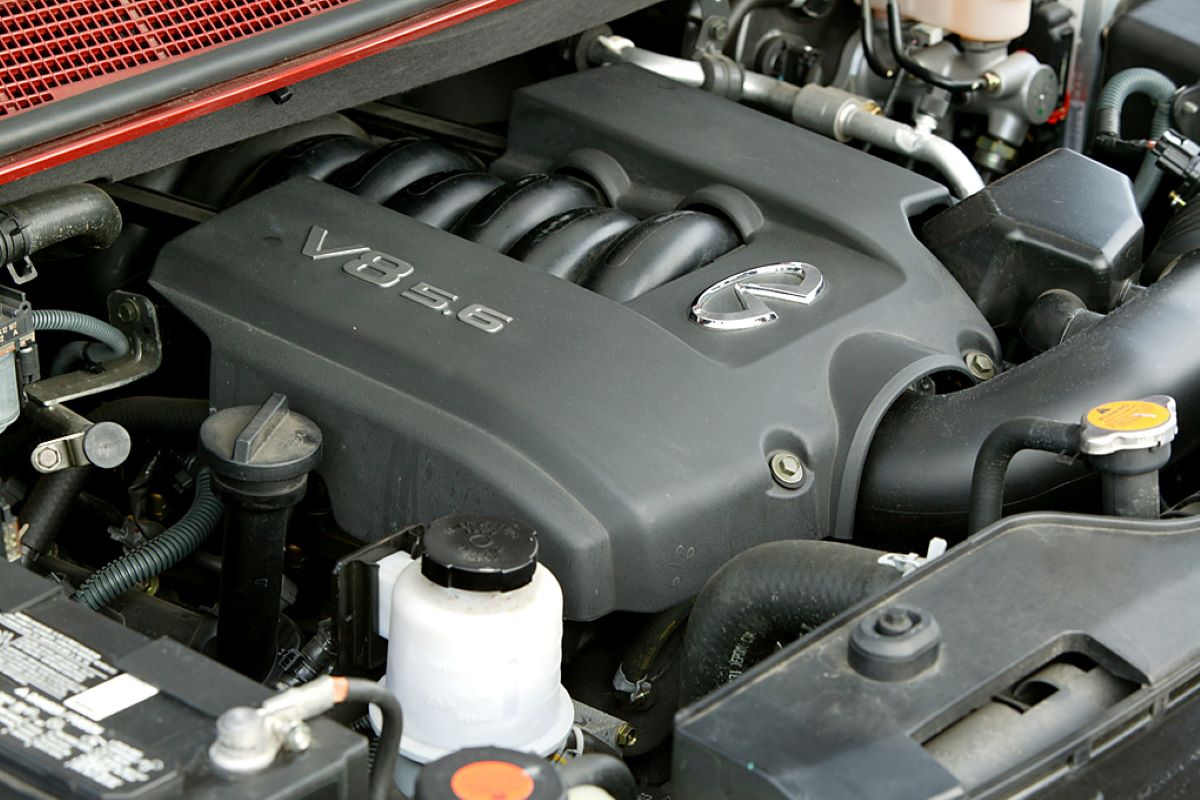
Over the years, Nissan has developed a broad range of engines that showcase the brand’s focus on durability. One such example is the VQ35DE, a 3.5-liter V6 that is widely regarded as one of the most dependable V6 engines ever made.
This engine powered a number of popular models, including the Skyline, Pathfinder, Altima, and even the Renault Espace.
Another robust engine in Nissan’s lineup is the QR20DE. This engine gained a reputation for its longevity when one of them achieved the remarkable feat of surpassing one million miles in a 2007 Nissan Frontier.
3. Hyundai
Although Hyundai is a relatively newer player in the automotive industry, the brand has quickly earned a reputation for producing dependable vehicles, backed by a growing lineup of reliable engines. Two notable examples are the Nu and Gamma engine families.
The Nu engine, a 1.8-liter inline-four made from aluminum, produces between 147 and 174 horsepower with torque ranging from 131 to 157 lb-ft. It has been widely used in models like the Elantra and has proven to be both efficient and long-lasting.
The Gamma engine lineup, also built from aluminum, includes displacements ranging from 1.4 to 1.6 liters. Despite their smaller size, these engines deliver between 99 and 201 horsepower and 100 to 195 lb-ft of torque, depending on configuration and turbocharging.
Found in compact cars like the Accent and Veloster, Gamma engines are known for their fuel efficiency, smooth performance, and reliability over time. Together, these engine families showcase Hyundai’s rapid evolution into a brand that balances innovation with long-term dependability.

This accomplishment is largely due to engines like the Gamma and Nu, which have helped Hyundai establish itself as a trusted manufacturer.
The Gamma engine, used in many Hyundai and Kia commuter vehicles such as the Hyundai Elantra and Kia Forte, is particularly noteworthy.
One example of the 1.8-liter inline-four engine surpassed an impressive one million miles in a 2013 Elantra. The car, which served as a delivery vehicle, covered around 200,000 miles annually, further cementing the durability and reliability of the engine.
2. Porsche
Porsche has established itself as a leader in automotive engineering, renowned globally for its meticulous craftsmanship and performance-focused designs. Among its most reliable engines are the M44 inline-four and the legendary flat-six.
The M44, found in models like the 944, featured a 2.5 to 2.7-liter aluminum inline-four layout, delivering between 158 and 305 horsepower with torque figures ranging from 155 to 369 lb-ft. It was praised for its balance, smooth operation, and longevity, especially when properly maintained.
The flat-six engine, synonymous with Porsche’s identity, spanned displacements from 2.0 to 4.2 liters and output from 110 to a staggering 850 horsepower in higher-performance applications like the 911 GT2 RS. Torque varied from 119 to 730 lb-ft, showcasing just how versatile this engine architecture is.
Both the M44 and flat-six were made from aluminum, which kept weight down while still offering strength and reliability. These engines highlight Porsche’s commitment to engineering excellence, blending durability with thrilling performance across multiple decades and vehicle platforms.
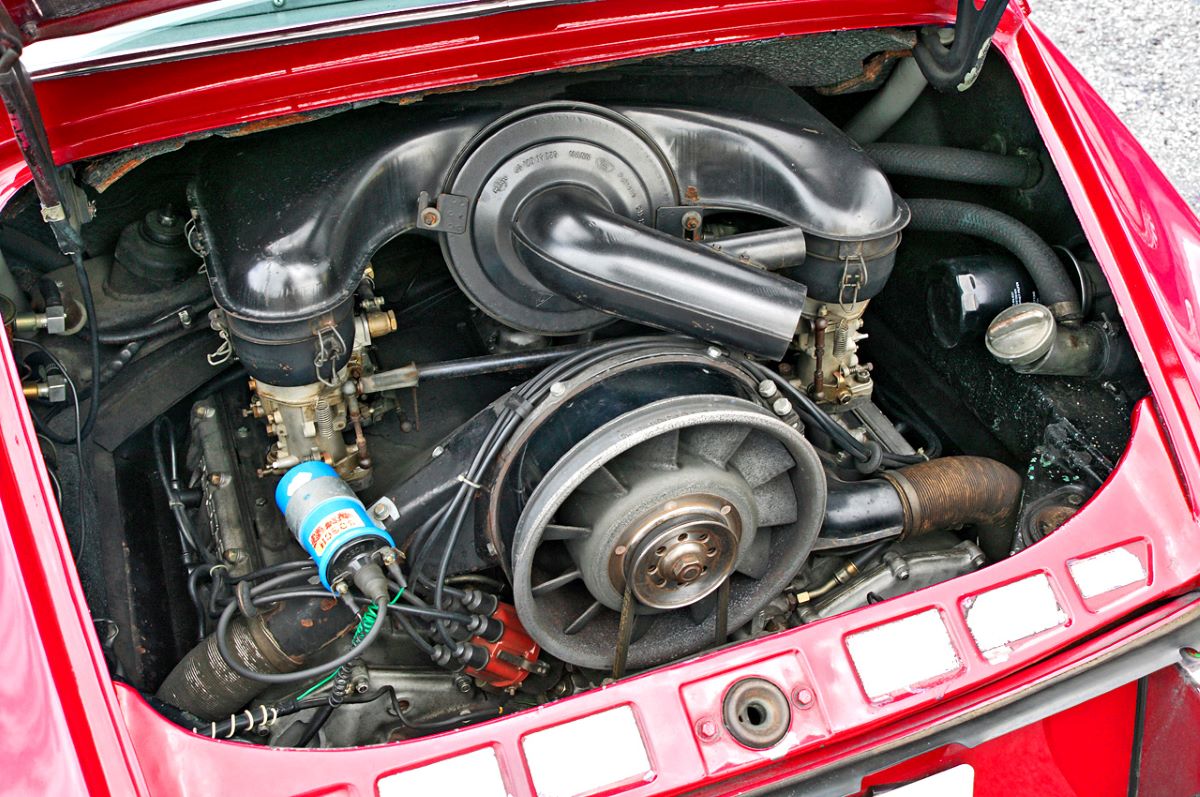
While the brand’s primary goal is to push the boundaries of performance, one significant byproduct is the durability and reliability of its engines, even though they can be costly to maintain.
The brand’s legendary Flat Six engine has powered the Porsche 911 sports car since its debut in 1964, with continuous refinement over the years.
This engine, if properly cared for, remains a reliable powerhouse, a testament to six decades of Porsche’s dedication to perfecting this iconic engine.
1. Chrysler
Like its American counterparts Ford and GM, Chrysler has built a strong reputation for producing reliable and long-lasting engines. Two standout examples are the Slant I6 and the 440 RB V8.
The Slant I6, a 3.7-liter inline-six, was known for its durability and simplicity, producing around 145 horsepower and 215 lb-ft of torque. Its distinctive angled layout not only helped with a lower hood profile but also contributed to its longevity and ease of maintenance.
On the other end of the spectrum, the 440 RB was a powerhouse—a 7.2-liter V8 that delivered between 225 and 390 horsepower, with torque ranging from 330 to 490 lb-ft depending on the variant.
Both engines were built using cast iron blocks and heads, contributing to their toughness and resistance to wear over time. These engines remain iconic examples of Chrysler engineering, trusted by enthusiasts and collectors alike for their reliability and strong performance across decades.

Its Dodge brand, for example, narrowly missed a spot in the 2023 J.D. Power Dependability Survey’s top ten rankings. Over the years, some of Chrysler’s engines have reached remarkable longevity milestones.
One such example is the 3.7-liter slant-six engine, which was installed in a 1963 Plymouth Fury.
This engine managed to cover an astounding 1.63 million miles during its service as a taxi. While it was rebuilt four times to achieve this impressive mileage, it still averages about 400,000 miles per engine rebuild.

